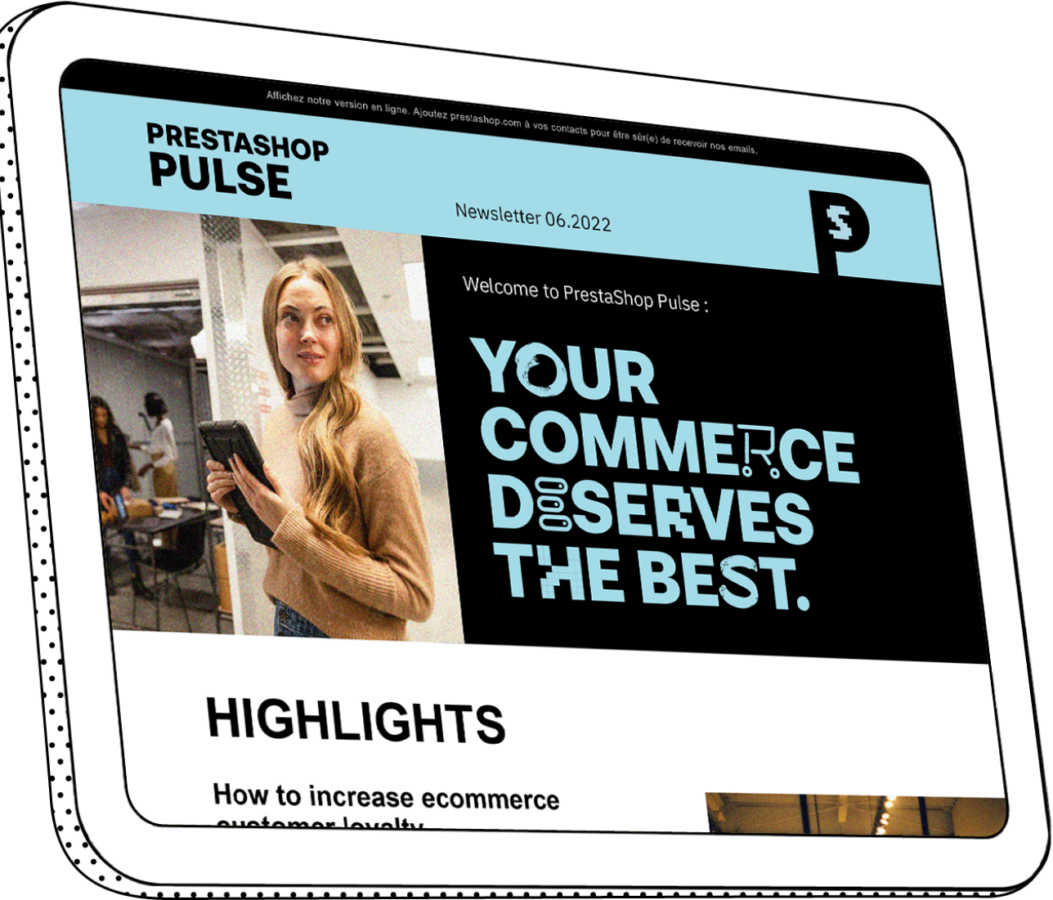Omnichannel strategies: the common future of retail and e-commerce
In the world of commerce there is often a tendency to talk about the dichotomy between e-commerce and physical retail. This kind of reasoning often results in the mistake of considering that online commerce will wipe out physical retail, but this is not the case. Online commerce certainly has something that the world of physical retail lacks, but the world of e-commerce is missing something that physical commerce offers.
Like with everything, peaceful co-existence is possible within a balance that is good for everyone. But then what aspects can the world of physical commerce improve to compete fairly with e-commerce? The answer is: take care of your online presence.
Even if the act of purchase, which is just one of the many nodes of the consumer journey, takes place in a physical way this does not mean that a physical store cannot be present online. That's why the future of e-commerce–physical retail co-existence can be summarised with one key word: omnichannel.
Customer dialogue channels
A perfect brand not only exists as such, but finds its raison d'être when it makes effective contact with its audience and wins their trust. To do this, it is necessary to build a good communication strategy consistent with the brand and the product or service offered. But above all, it is necessary to think and take care of the consumer journey, which represents the ideal path that unites the consumer to the brand, through various channels.
Social media
One of the most direct and sensitive channels in the world of corporate communication. There are no universal rules of conduct applicable to the world of social media: every social media platform has its own code of conduct valid for all users and obviously also for companies that have to adapt to maintain contextualised communication.
It is possible to track the distribution of users on different social media platforms according to age groups, but this is not the only distinguishing feature. Twitter, for example, has slightly more political, journalistic, media and formal content compared to Facebook. Instagram tends to have an average user who is more attentive to visual content, aesthetics and generally informal tones of voice.
Website
What happens on your company's website is more static as a channel. But you have complete control, so you make the rules. A website is more than just a business card, it's the home of the brand. Every little detail says something about the company, whether that be positive or negative. From the colours, to the user friendliness and details such as the 404 Not Found page that many brands put their own twist on.
On your website you can establish a very important and direct point of contact with the customer through customer care. In addition to being something with which you can effectively win the trust of your users, it is also a way to continue to communicate your brand through the tone of voice and the user experience in general. You can do this with a variety of tools, including email contacts, a phone support number, or even more effectively by integrating a Whatsapp Module that we offer in our PrestaShop catalogue, where customers can chat with customer service directly via Whatsapp for a complete and optimal experience.
Not only newsletters but also official and technical communications. Whenever there is a point of contact between a company and a customer, it means this is another opportunity to communicate the brand. Do you need to tell your customer that their order is being delivered? Do it respecting the principles of the brand. Whether you're talking to millions or a single person, your brand must never lose its consistency.
Offline
Another interesting channel that has its limits but also its advantages, are the more traditional, offline channels. Posters, shop windows, brochures, flyers but also gadgets and the like. Offline channels are a great opportunity for your brand, here it becomes physical, not as a product but as a message. A great opportunity if played right.
What is an omnichannel strategy?
Create a communication strategy consistent with your brand and target audience. Seamlessly connect the channels that operate in the consumer journey and you will have an omnichannel strategy.
Creating an effective omnichannel strategy means knowing, in depth, each of the channels at your disposal and the reference targets within those channels, and playing on these factors while always taking into account the brand values.
The steps of the consumer journey
The omnichannel is a concept that goes hand in hand with the consumer journey process, a path that unites a producer with its consumer and that has about five steps, starting with the awareness of the need for the product or service, to the purchase, and ending with customer loyalty.
Let's say you have a company that makes shoes. With the first phase, also known as awareness, the consumer becomes aware of the existence of your shoes and why they are different from others. The second phase, called consideration, is when the consumer begins to become familiar with your shoes and your brand in general. The third phase, purchase, is crucial. The consumer journey does not end there, however. The next step, called retention, is to show appreciation and establish a relationship with the new client. The final stage, which is the most difficult to reach, is called loyalty, and marks your customer's loyalty to the brand.






